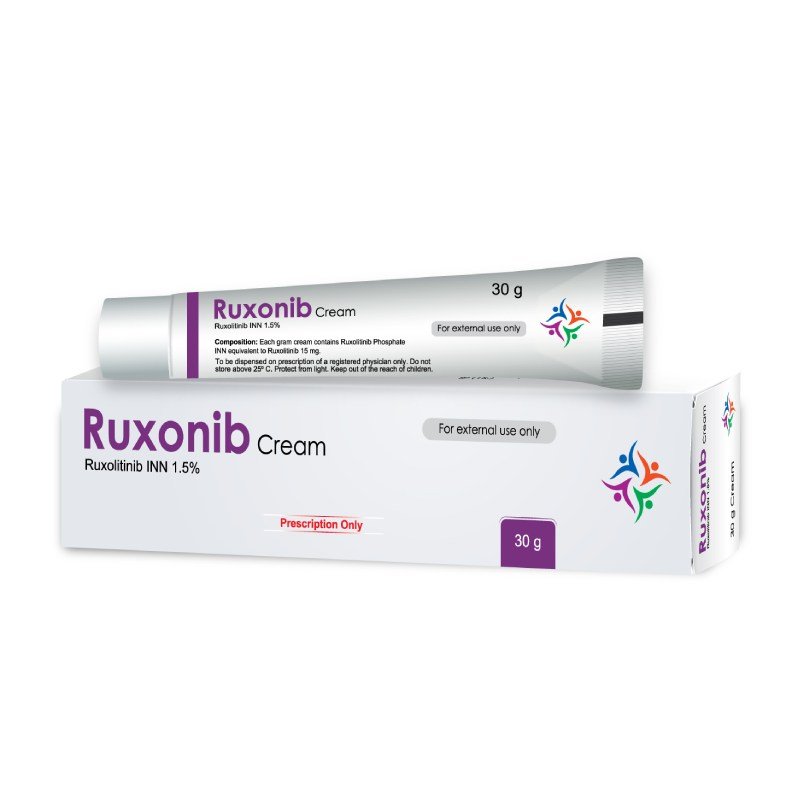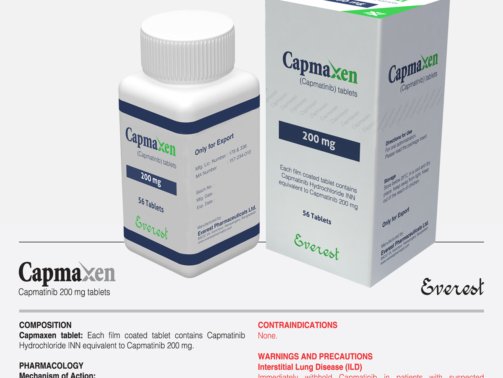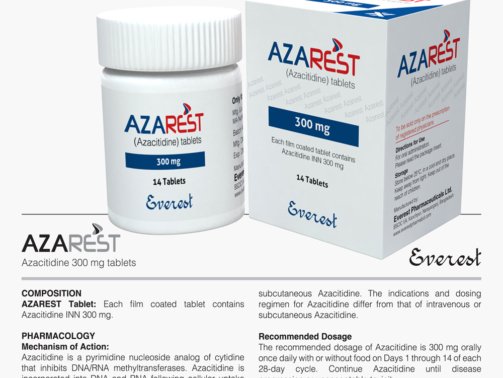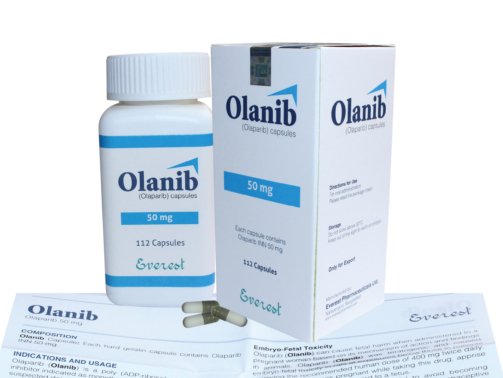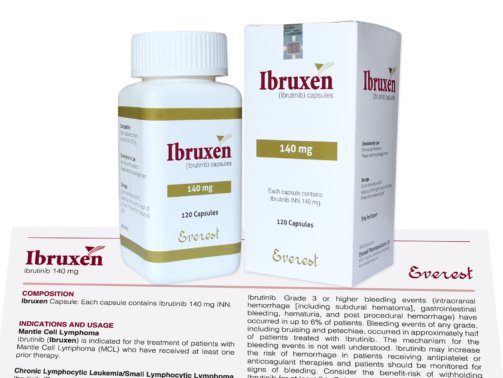Ruxolitinib 1.5% (Jakafi)
Ruxonib (Ruxolitinib) 1.5% is a topical medication primarily used in the treatment of certain skin conditions, particularly moderate to severe atopic dermatitis (eczema). It belongs to a class of drugs known as Janus kinase (JAK) inhibitors, which work by blocking the activity of enzymes involved in inflammation and immune response. Ruxonib 1.5% offers a targeted therapy option for patients with atopic dermatitis, helping to reduce inflammation and improve skin symptoms.
A powerful Janus kinase (JAK) inhibitor, rufolitinib is sold under the brand name Jakafi and has drawn a lot of interest in the treatment of a number of inflammatory and hematologic conditions. The 1.5% topical formulation of rufolitinib, which has been approved by the U.S. FDA for the treatment of non-segmental vitiligo in adults and adolescents, is intended for dermatological use, despite its usual oral format. An important development in the treatment of skin disorders with autoimmune and inflammatory components is this novel topical formulation.
Formulation and Availability
A topical cream containing 1.5% rufolitinib is available for external application. Ruxolitinib is included in 15 mg per gram of cream, offering a localized delivery method that prevents systemic exposure while supplying targeted skin regions with potent quantities. Depending on the needs of the treatment, the formulation is normally administered twice a day and comes in tubes of different sizes, usually 60g or 100g.
Mechanism of Action
Janus kinase 1 (JAK1) and Janus kinase 2 (JAK2), which are enzymes involved in the signaling pathways of several cytokines and growth factors that mediate inflammation and immunological responses, are specifically inhibited by rufolitinib. Immune-mediated skin damage results from deregulation of the JAK-STAT pathway in conditions including vitiligo, atopic dermatitis, and other inflammatory dermatoses.
Ruxolitinib disrupts this pathway by blocking JAK1 and JAK2, which lessens the inflammatory signals that cause vitiligo depigmentation or atopic dermatitis itching and irritation. Crucially, the topical administration lowers the possibility of side effects often associated with systemic JAK inhibitors by enabling focused therapy with little systemic absorption.
Clinical Indications
The FDA has principally authorized topical Ruxolitinib 1.5% for the treatment of non-segmental vitiligo in adults and children aged 12 and up. The autoimmune skin condition known as vitiligo is typified by patches of depigmentation brought on by the breakdown of melanocytes. Topical corticosteroids, calcineurin inhibitors, and phototherapy are examples of traditional treatments; each has a range of efficacy and possible adverse effects.
A promising therapy approach that is both efficient and well-tolerated is rufolitinib cream. Ruxolitinib has been demonstrated in clinical trials to gradually improve facial and total body Vitiligo Area Scoring Index (VASI) scores; many patients experience noticeable repigmentation after 24 to 52 weeks of treatment.
Although additional study is required to establish its normal usage in vitiligo, studies and off-label use are investigating the effectiveness of topical Ruxolitinib in atopic dermatitis, alopecia areata, psoriasis, and lichen planus.
Dosage and Administration
Applying a thin layer of Ruxolitinib 1.5% (Jakafi) cream to the afflicted skin areas twice a day is the recommended dosage. To reduce systemic absorption and possible immunosuppression, the weekly total administration should not exceed 60 grams. After gently rubbing the lotion in and letting it absorb, cover with clothing.
Patients are typically encouraged to continue applying the treatment for several months in order to obtain optimal repigmentation, particularly in cases of vitiligo, as the response to treatment is sluggish.
Side Effects and Safety Profile
Ruxolitinib used topically is usually well tolerated. The following adverse effects are most frequently reported:
acne at the application site
Pruritus at the application site (itching)
Cold, or nasopharyngitis
A headache
Although these are uncommon with topical treatment, prolonged or excessive use may theoretically raise the risk of infections, skin cancers, or systemic JAK-related side effects due to its immunosuppressive activity, albeit localized.
The lotion shouldn’t be applied to broken or infected skin, and patients should be checked on a regular basis. Although preliminary data points to a good safety profile when used as prescribed, long-term safety data is currently being gathered.
Precautions and Contraindications
People who have a history of known hypersensitivity to ruxolitinib cream or any of its ingredients should not use it. Patients who have a history of immunological impairment, cancer, or persistent infections should use it with caution.
Due to the paucity of information regarding Ruxolitinib cream’s safety during pregnancy and lactation, women who are pregnant or nursing should speak with their doctor before using it.
Conclusion
A major advancement in the treatment of inflammatory and autoimmune skin conditions, especially non-segmental vitiligo, is represented by ruxolitinib 1.5% (Jakafi) cream. It has rapidly emerged as a significant therapeutic alternative in dermatology because to its precise mode of action, powerful repigmentation potential, and minimal risk of systemic side effects. Its use may spread to additional skin disorders as more information becomes available, giving patients a more secure and efficient substitute for conventional treatments.
Order Now At Mdx Pharma bd….
To order from MDX Pharma BD, visit their website at https://mdxpharmabd.com, where you can browse products and place orders online. For inquiries or orders via email, contact emedicarepharma@gmail.com. Alternatively, call (+88) 01929123476. Their address is 29, Abdullahpur, Uttara, Dhaka-1230, Bangladesh.
1. What is the purpose of ruxolitinib 1.5% cream?
In patients aged 12 and up, ruxolitinib 1.5% cream is mostly used to treat mild to severe atopic dermatitis (eczema) and nonsegmental vitiligo. It aids in vitiligo by lowering inflammation and restoring skin pigmentation.
2. How is ruxolitinib administered?
It is a JAK1/JAK2 inhibitor, meaning it inhibits specific enzymes that are involved in inflammation. This lessens pigment loss and immune-mediated skin damage in diseases including vitiligo and eczema.
3. Is cream containing ruxolitinib a steroid?
Ruxolitinib is not a steroid, to answer your question. The mechanism of action of this topical non-steroidal immunomodulator is distinct from that of corticosteroids.
4. How should one apply ruxolitinib cream?
The afflicted areas should receive a thin coating applied twice a day. Never apply more than 10% of the body’s surface to it. Unless the hands are being treated, wash your hands after application.
5. Can you use Ruxolitinib cream for a long time?
Under a doctor’s care, it can be used for an extended period of time. Regular follow-up is required because safety after 52 weeks is still being investigated.
| Generic Name: | Ruxolitinib INN 1.5% |
|---|---|
| Theraputic Category: | Janus Kinase Inhibitor |
| Pack Size: | 1's |

 Cart is empty
Cart is empty 